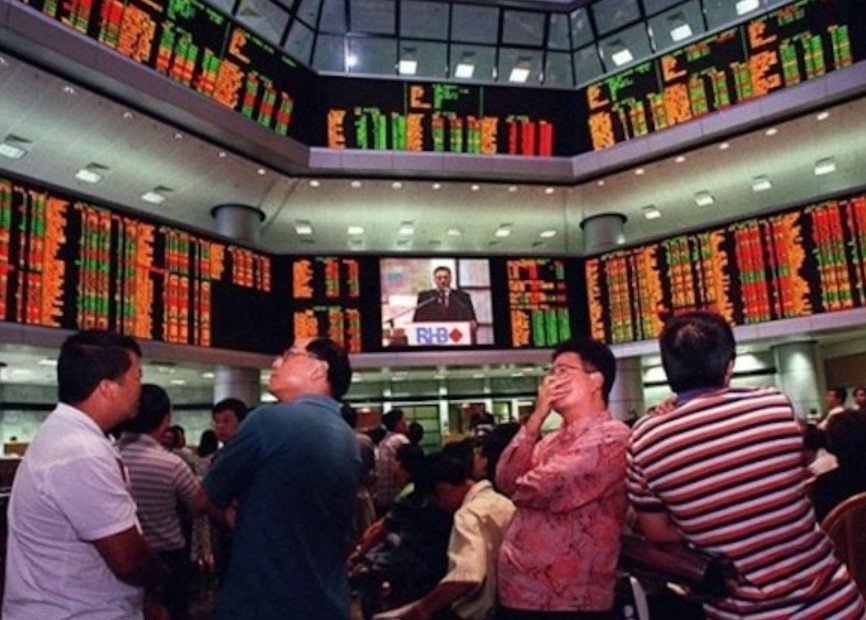In a remarkable display of resilience, Asian stock markets have mostly ascended, drawing inspiration from Wall Street’s record-breaking performance as Tesla’s stock soared.
Market Momentum
The Asian stock market landscape has been painted green as indices across the region have witnessed a surge, primarily fueled by the bullish run on Wall Street. The S&P 500’s recent climb by 0.6% to 5,509.01 has set a new benchmark, instilling a wave of optimism among investors. The Dow Jones followed suit, marking a 0.4% increase to 39,331.85, while the Nasdaq composite advanced by 0.8% to 18,028.76, both securing their positions at unprecedented heights.

Tesla’s remarkable 10.2% leap post the announcement of a less severe sales drop than anticipated for the spring season has been a significant catalyst in this upward trajectory. The electric-vehicle giant’s performance has not only bolstered its own standing but also energized the entire tech sector.
Economic Indicators and Forecasts
The Asian market’s rally is not solely attributable to the ripple effects from the U.S. market. A closer examination reveals a complex interplay of economic indicators and strategic forecasts that have shaped investor sentiment. The anticipation of an interest rate cut in the U.S. has been a pivotal factor, with Federal Reserve Chair Jerome Powell’s recent remarks being interpreted as a harbinger of potential rate reductions later in the year.
Despite the buoyancy, some investors remain cautious, adopting a wait-and-see approach in the lead-up to the U.S. Independence Day holiday. This prudence stems from the need to ascertain whether the current levels are a true reflection of underlying inflation, as stated by Powell during a monetary policy conference in Portugal.
Sectoral Performance and Currency Dynamics
The technology sector in Tokyo has seen a notable uptick, with companies like Kyocera Corp. and Murata Manufacturing Co. experiencing jumps of 2.2% and 5.2%, respectively. This sectoral growth has been complemented by currency dynamics, where the U.S. dollar has strengthened against the Japanese yen, reaching 161.63 from 161.43.
The performance of Asian currencies and their impact on export-driven economies remains a critical area of focus. With the Japanese yen trading at a 38-year low, the implications for trade balances and foreign investments are significant and warrant close monitoring.




































